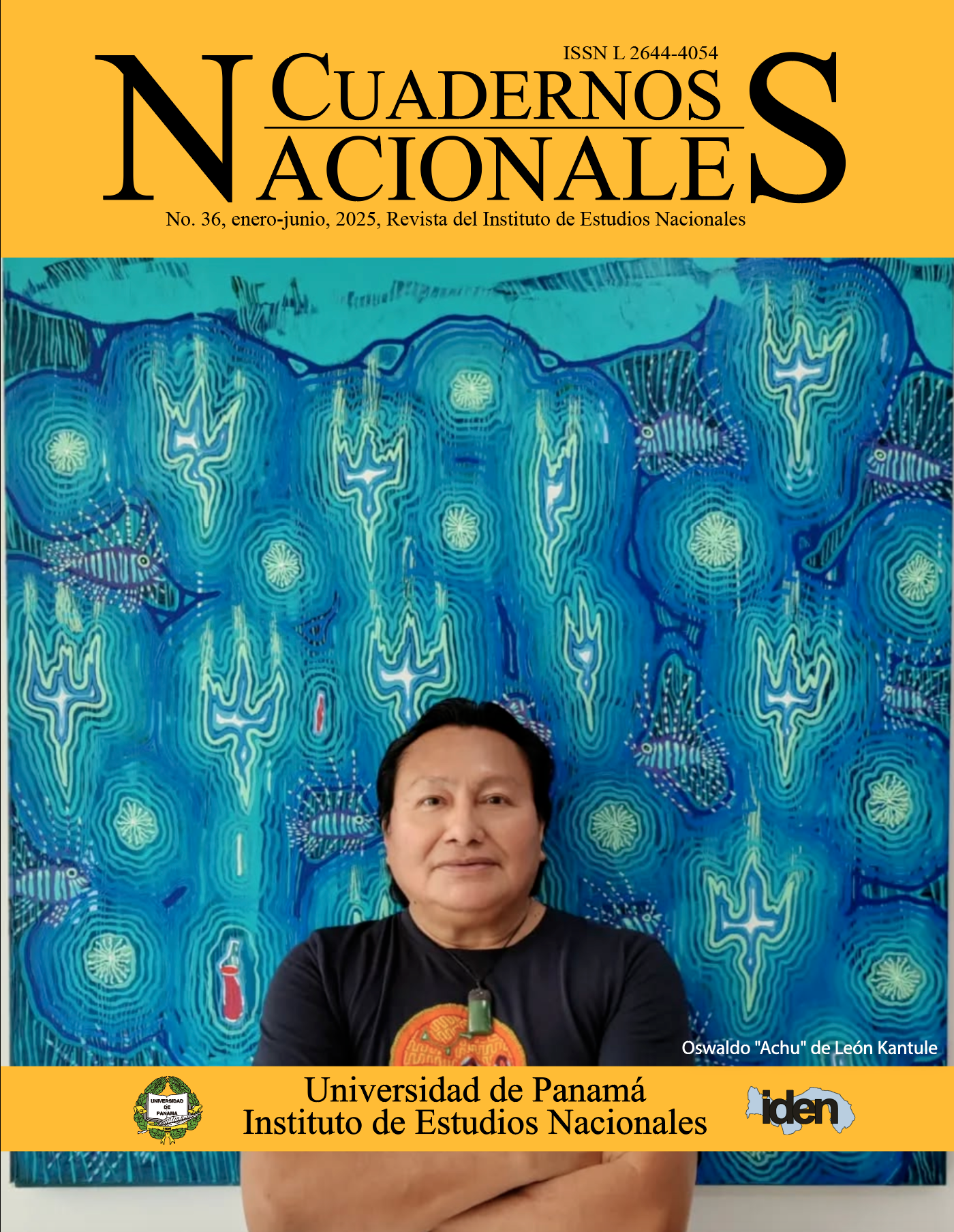

Copyright (c) 2025 Cuadernos Nacionales

This work is licensed under a Creative Commons Attribution-NonCommercial-ShareAlike 4.0 International License.
To evaluate the impact of trade liberalization on Panama's primary sector. The data sources used come from the national accounts regarding production, the labor market survey, the food balance sheet, and the data of the consumer price index of the National Institute of Statistics and Censuses. The data on the basic food basket comes from the Ministry of Economy and Finance. An ambispective analysis was conducted based on the institutional change of the late nineties and its impact on the last two decades and its prospects. The reduction of tariffs to 15 per cent by Cabinet Decree No. 68 of 12 November 1997, as well as Law No. 29 of 1 February 1996 establishing the Commission on Free Competition and Consumer Affairs, marked a turning point from which the primary sector gradually lost its domestic market while the import sector consolidated its vertical integration in agribusiness and production in addition to its oligopoly and oligopsony power throughout the entire marketing chain. The decline of the primary sector has been evidenced by the loss of participation of the primary sector in total production, lower relative participation of formal employment in the private sector and wages, as well as the systematic increase in the agrifood deficit and increase in food prices, derived from a local supply that has become more inelastic. It is necessary to rebuild the agricultural public sector to strengthen productive capacity for a productive transformation that guarantees the supply of food with the capacity to compete with imported products, which contributes to greater affordability for consumers.